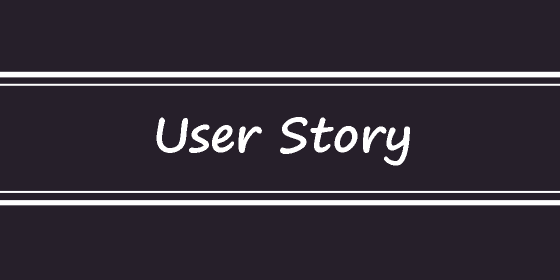User Story

A User Story is a short, simple, and informal description of a specific feature, requirement, or piece of functionality from the perspective of an end-user or customer. It is a fundamental component of Agile software development methodologies, such as Scrum and Extreme Programming (XP).
The User Story format follows a simple template:
“As a [type of user], I want [an action] so that [a benefit or value].”
Key elements of a User Story:
- Role: The “As a [type of user]” part identifies the specific role or persona of the user who will benefit from the feature.
- Action: The “I want [an action]” part describes what the user wants to accomplish or the functionality they desire.
- Value: The “so that [a benefit or value]” part explains the purpose or value the user will gain from the feature.
User Stories are intentionally kept short and focused to foster communication and collaboration between the development team and stakeholders. They serve as a way to capture requirements in a more user-centric and easily understandable manner, helping to avoid unnecessary complexity and detailed specifications upfront.
During Agile planning and Sprint activities, User Stories are typically written on cards or sticky notes and added to the Product Backlog. The Product Owner prioritizes these stories based on customer value, and the development team selects the highest-priority stories to work on during a Sprint.
User Stories are often accompanied by acceptance criteria, which define specific conditions that must be met for the story to be considered complete and accepted by the Product Owner.
By using User Stories, Agile teams can stay focused on delivering value to customers and adapt to changing requirements throughout the development process. They promote collaboration, transparency, and a shared understanding of what needs to be built to meet the needs of end-users effectively.